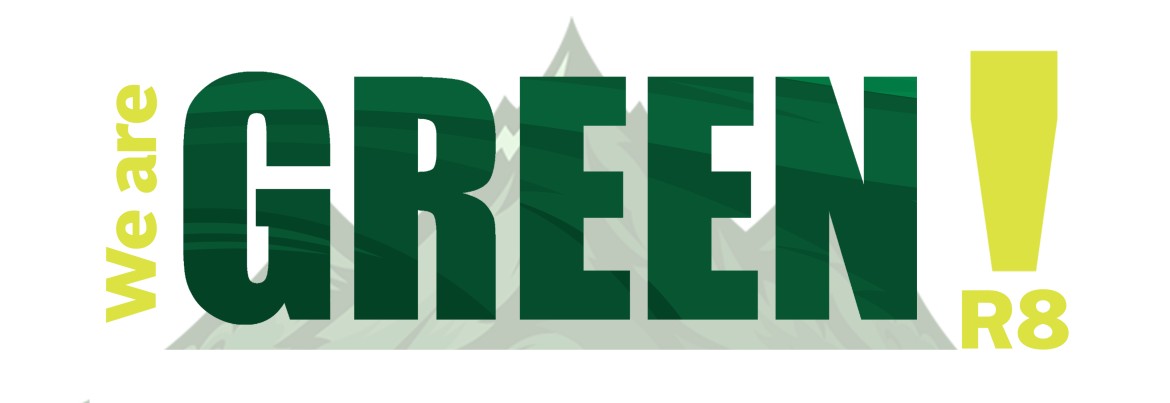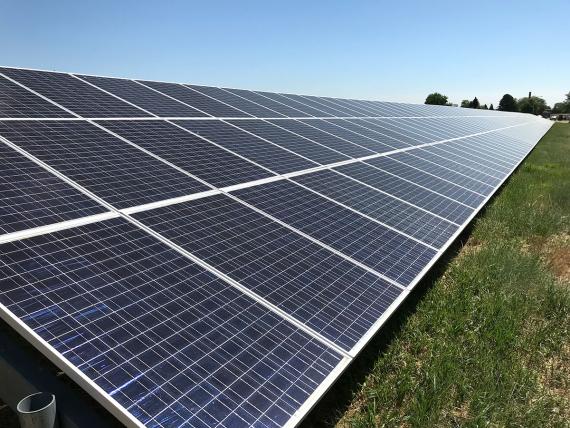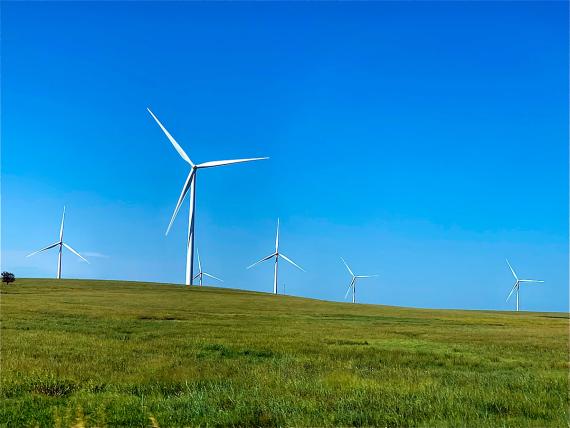Renewable Energy Not New to Region 8


The Rocky Mountain Region has been a leader in sustainability and renewable energy for more than a decade.
Since 2007, solar and wind energy have provided a significant portion of the electricity for federal buildings and enabled GSA to earn around $400 thousand annually in credits that are sold back to the utility energy companies across the region.
“The partnerships we have with energy companies are extremely important to help provide power at cost effective rates across the portfolio,” said Tyler Cooper, a mechanical engineer from the Office of Facilities Management. “The money that we earn back in rebates is reinvested in other energy and water projects.”
Region 8 uses a combination of solar and wind power that saves an additional $750 thousand in annual utility cost reductions from renewable energy sources across the footprint above the rebates, stated Cooper.
Solar power is central to the Denver Federal Center’s (DFC) renewable energy efforts. With three solar parks and photovoltaic (PV) panels on three building rooftops and four carports across the campus, solar energy produces about 22 percent of the DFC’s electrical power requirements.
The use of renewable energy, like solar, onsite means less reliance on coal burning as the source for electricity as well as no reduction in power coming from a power plant, which typically would be a loss of around 40 percent. Another bonus is not using fossil fuels equates to less carbon emission.
The Pembina Land Port of Entry in North Dakota powers its main station house from a one megawatt (MW) dual blade wind turbine constructed in 2012. Otter Tail Power gets any remaining energy not used fed back to the power grid.

Federal buildings in Rapid City, South Dakota and Cheyenne Wyoming get about 75 percent of their energy from the Corriedale Wind Energy Project, comprised of 21 wind turbines, through the Renewable Ready Program. Black Hills Energy in SD and Cheyenne Light, Fuel and Power Company in WY allow GSA to subscribe to this program to get this wind energy at a cost-effective rate.
Xcel Energy in Colorado allows Region 8 to subscribe to the 50MW solar energy installation at Deer Trail through the Renewable Energy Connect Program. All five of the Federal District buildings in downtown Denver currently get about 20 percent of their power through this program. A second phase of the program will be offered in the near future which could provide 80 percent of electrical power to those buildings.
The crown jewel of Region 8’s renewable energy program is the Wayne Aspinall Federal Building and U.S. Courthouse in Grand Junction, CO. Not only is the Aspinall FB listed on the National Register of Historic Places, it is also the first historic building in the GSA inventory to be net-zero energy after a modernization project in 2010.
For more information on Region 8’s energy conservation efforts, go to our web page.
Read more of the Region 8 “We Are Green” series:
- Part 1: Renewable Energy Not New to Region 8
- Part 2: GSA Region 8 Finds Creative Solution to Pest Problem
- Part 3: Charging Ahead
- Part 4: Not Blinded by the Light
- Part 5:

 U.S. General Services Administration
U.S. General Services Administration